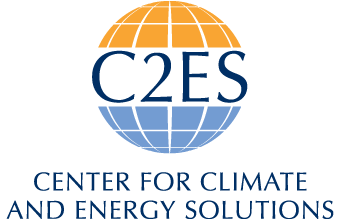45Y PTC and 48E ITC: Technology-neutral tax credits for clean electricity generation from a range of sources including nuclear, geothermal, and battery storage as well as renewables. Replaces the previous PTC/ITC which was limited to renewable sources.
45Z PTC: Replaces the 40B sustainable aviation fuel (SAF) PTC and provides a credit for domestic production of clean transportation fuels, including SAF, beginning in 2025. Fuels must be produced in the United States and meet carbon dioxide requirements to qualify.
45Q: Credit for carbon dioxide sequestration when coupled with permitted end uses. The credit amount is $12–$36 per metric ton of carbon dioxide captured and sequestered.
45X PTC: Provides a credit for domestic manufacturing of components for solar and wind energy, inverters, battery components, and critical minerals.
48C: Provides a tax credit for investments in advanced energy projects.
45U PTC: Tax credit for electricity from qualified nuclear power facilities and sold after 2023.
45V: Credit for the production of clean hydrogen at a qualified production facility.
30D: Tax credit for purchasers of clean vehicles of up to $7500, presuming that domestic content requirements for critical minerals and battery components are met.
30C: Tax credit for alternative fuel vehicle refueling and charging property in low-income and rural areas. Alternative fuels include electricity, ethanol, natural gas, hydrogen, biodiesel, and others.
